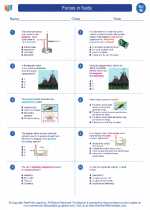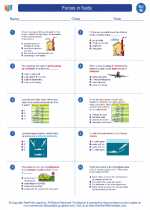Genus Homo
The genus Homo is a group of species within the family Hominidae, which also includes the great apes. The Homo genus is characterized by traits such as an upright posture, larger brain size, and the use of tools. This genus includes modern humans (Homo sapiens) as well as several extinct species such as Homo neanderthalensis, Homo erectus, and Homo habilis.
Key Features of Genus Homo
- Upright Posture: Members of the genus Homo are known for their bipedal (upright) locomotion, which distinguishes them from other primates.
- Large Brain Size: Homo species generally have larger brain sizes compared to other primates, especially in relation to body size.
- Tool Use: The ability to create and use tools is a significant characteristic of Homo species, demonstrating advanced cognitive abilities.
- Cultural Development: Members of the genus Homo exhibit evidence of cultural development, including the use of fire, artistic expression, and complex social structures.
- Language and Communication: Homo species are believed to have developed complex language and communication skills, which contributed to their ability to cooperate and share knowledge.
Study Guide for Genus Homo
To study the genus Homo, it is important to focus on the following aspects:
Species Diversity
Explore the different species within the genus Homo, including their physical characteristics, geographic distribution, and cultural advancements. Compare and contrast the features of Homo sapiens with other extinct Homo species.
Evolutionary History
Examine the evolutionary timeline of the Homo genus, from the earliest known species to the emergence of modern humans. Investigate the environmental and behavioral factors that influenced the evolution of Homo species.
Tool Use and Cultural Development
Investigate the archaeological evidence of tool use and cultural advancements among Homo species. Analyze the significance of these developments in shaping human evolution and adaptation to various environments.
Genetic and Fossil Evidence
Study the genetic studies and fossil evidence that provide insights into the relationships between different Homo species and their evolutionary connections to other hominids.
Impact on the Environment
Consider the impact of Homo species on their environment, including their role as hunters, gatherers, and eventually as agricultural communities. Explore the ecological implications of human evolution within the genus Homo.
By delving into these aspects of the genus Homo, you can gain a comprehensive understanding of the evolutionary journey and cultural achievements of our human ancestors.






